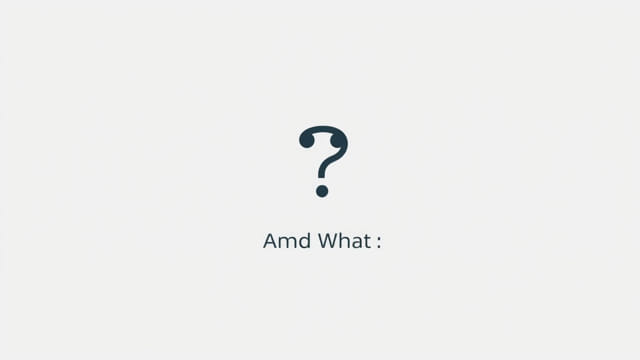The phrase And what, pray tell might sound like something out of a classic novel or an old-fashioned conversation, but it still finds its place in both formal and informal English. Though the expression may appear antiquated to some, it remains a fascinating and rich part of the language. Understanding what And what, pray tell means, how it’s used, and its tone and implications helps us appreciate the nuances of English idioms. Let’s dive into its meaning, usage, and relevance today, especially for those learning English or curious about expressive phrases.
Understanding the Phrase And What, Pray Tell
Definition and Structure
The phrase And what, pray tell is a rhetorical expression that introduces a question or challenge. It combines the conjunction and, the phrase what, and the polite request pray tell. The entire phrase translates loosely to Please explain to me what but often carries a tone of disbelief, sarcasm, or emphasis.
Here is a breakdown of its components:
- And: Used to connect thoughts or add emphasis.
- What: Refers to a thing or idea being questioned or addressed.
- Pray tell: A polite and somewhat old-fashioned way to request an explanation or clarification. It literally means please, do tell.
So, when someone says, And what, pray tell, were you thinking? they are asking for an explanation but likely implying criticism or surprise.
The Tone of the Phrase
More Than Just Words
The tone of And what, pray tell is often where the true meaning lies. It is not always a neutral question. It can be:
- Sarcastic: Used to mock or criticize someone’s actions or decisions.
- Curious: Genuinely asking for clarification in a dramatic or stylized manner.
- Formal or Humorous: Used to add flair or character to speech or writing.
The phrase allows speakers to express surprise, doubt, or judgment. It is rarely used in very serious or professional settings, but it does appear in literature, conversation, and sometimes in satirical or dramatic commentary.
Examples in Sentences
Here are a few examples to show how this phrase might be used in everyday language:
- And what, pray tell, do you plan to do with that broken umbrella?
- You spent how much on coffee? And what, pray tell, makes that worth it?
- He disappeared for three hours, and what, pray tell, was he doing all that time?
Notice how each example carries a tone that suggests the speaker is either skeptical, annoyed, or amused. The phrase enhances the emotional flavor of the sentence.
Origin of the Phrase
Historical Usage
The phrase pray tell has been in use since at least the 17th century. Pray was commonly used as a polite form of please, and tell meant simply to inform. Together, pray tell was a courteous way to ask someone to explain something. Over time, adding And what at the beginning added emphasis or theatrical flair.
This structure is most commonly found in British English literature and drama, especially from periods when language was more formal and expressive. While the phrase is used less often today, it survives in modern English through stylized or humorous usage.
Is And What, Pray Tell Still Relevant?
Modern Usage and Adaptation
Though it may not be used in everyday casual conversation, And what, pray tell still appears in writing, theater, movies, and even some playful modern speech. People use it when they want to sound dramatic, sarcastic, or literary. It’s also useful in situations where tone and emphasis matter more than literal meaning.
Writers, comedians, and public speakers may use it to draw attention to absurdity or to question something with flair. Its rarity in modern speech can actually make it more powerful when used well.
Alternative Expressions
Other Ways to Say It
If And what, pray tell feels too old-fashioned or dramatic for your use, there are simpler modern alternatives that carry a similar meaning or tone. These include:
- And what exactly do you mean by that?
- Can you explain that to me?
- Really? What was the thinking behind that?
- Seriously, what were you doing?
- So, what’s your explanation?
While these don’t carry the same formal or sarcastic flair, they serve the same function of prompting explanation, sometimes with a hint of judgment.
How to Use It Effectively
When and Where It Works Best
Use this phrase when you want to add style or attitude to your language. It works well in:
- Creative writing and fiction.
- Joking or playful conversations with friends.
- Dramatic or theatrical performances.
- Satirical or humorous commentary.
However, it may not be appropriate in professional, technical, or serious discussions unless used intentionally for humor or effect.
Common Misunderstandings
Is It Always Rude or Sarcastic?
Not necessarily. While And what, pray tell often comes across as sarcastic, it can also be used sincerely in a formal or dramatic context. The key is in the delivery tone, facial expression, and context help determine whether it feels polite or mocking.
Can It Be Used in Writing?
Yes. In fact, the phrase is often more common in written English than spoken English today. It appears in novels, essays, historical commentary, and humorous blogs. When used in writing, it allows the author to guide the reader’s emotional reaction.
And what, pray tell is a colorful and expressive phrase that invites explanation while often layering in sarcasm or drama. Though it may not be part of everyday English, its use adds flair and emphasis that can elevate conversation or writing. Understanding its meaning and how to use it properly gives you one more powerful tool in the art of communication. Whether you’re a student, a writer, or just someone who loves language, mastering phrases like this enhances both your vocabulary and your ability to express tone with precision.
